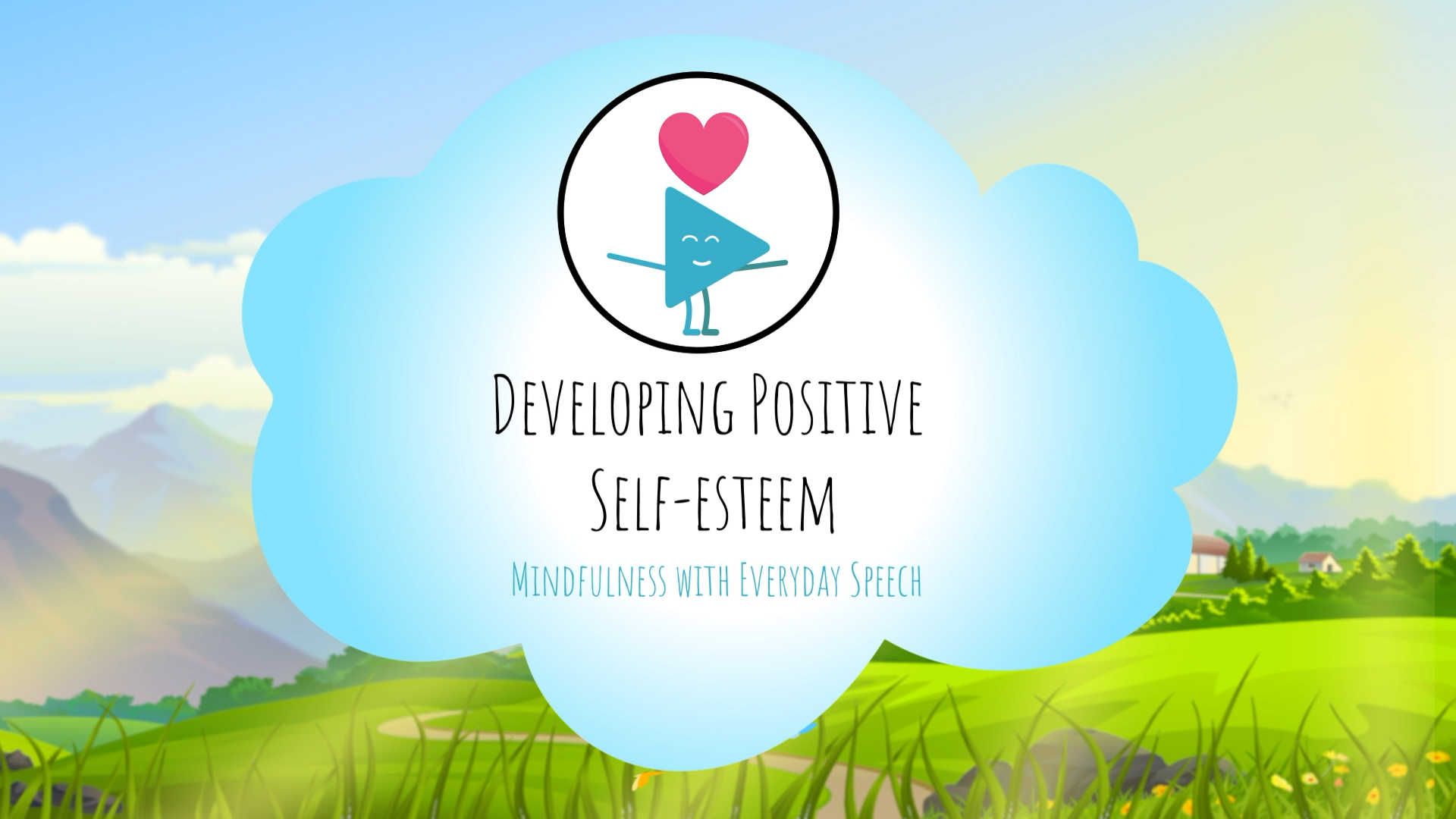
Introduction
Self-esteem is a crucial aspect of a person’s well-being and plays a significant role in the development of social-emotional skills. It reflects the beliefs we hold about ourselves and influences how we feel, think, and act in various situations. High self-esteem enables individuals to feel proud of their abilities, confident in their actions, and resilient during challenging times. In contrast, low self-esteem can lead to feelings of insecurity, self-doubt, and a tendency to give up easily. In this blog post, we will explore a no-prep activity that educators can use to help students build positive self-esteem, followed by discussion questions, related skills, and next steps.
No-Prep Activity: Compliment Circle
The Compliment Circle is a simple yet powerful activity that requires no preparation or materials from the educator. It fosters a supportive and positive environment, allowing students to build their self-esteem while also recognizing the strengths of their peers.
To conduct the Compliment Circle, have your students sit in a circle, ensuring that everyone can see each other. Start by explaining that the purpose of this activity is to share genuine compliments with one another. Encourage students to think about the positive qualities, talents, or achievements of their classmates.
Begin the activity by modeling a compliment for a student, such as, “I appreciate how you always help others in class, and it shows your kindness.” Then, invite the student you complimented to share a compliment about another student. Continue this process until every student has received and given a compliment. Finally, conclude the activity by asking students to reflect on how it felt to both give and receive compliments.
Discussion Questions
- How did it feel to receive a compliment from a classmate? How did it impact your self-esteem?
- How did it feel to give a compliment to a classmate? What effect do you think it had on their self-esteem?
- Why is it important to recognize and appreciate the positive qualities in ourselves and others?
- How can we continue to support and uplift one another to maintain a positive and inclusive environment?
- What are some other strategies we can use to build positive self-esteem both individually and as a group?
Related Skills
Building positive self-esteem is closely connected to various other social-emotional learning skills, including:
- Effective communication: Expressing ourselves clearly and respectfully helps us feel heard and valued, which in turn boosts our self-esteem.
- Empathy: Understanding and acknowledging the feelings of others allows us to form deeper connections and feel more supported.
- Resilience: Developing the ability to bounce back from setbacks helps us maintain a positive self-image even during challenging times.
- Growth mindset: Embracing the belief that we can improve and learn from our experiences fosters a sense of self-efficacy and confidence.
- Positive relationships: Surrounding ourselves with people who care about us and accept us for who we are contributes to a strong sense of self-worth.
Next Steps
The journey towards building positive self-esteem is an ongoing process that requires consistent effort and practice. As educators, we play a vital role in creating a supportive environment that nurtures the growth and development of our students. To access more resources and activities that can help you further develop these essential social-emotional learning skills, sign up for free samples of our materials at Everyday Speech.

